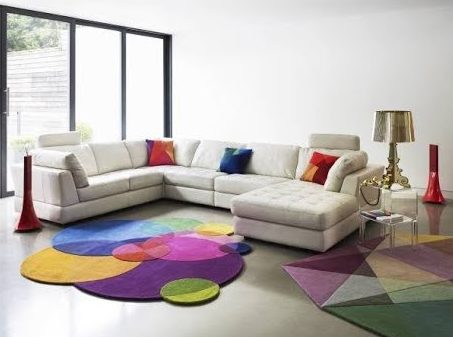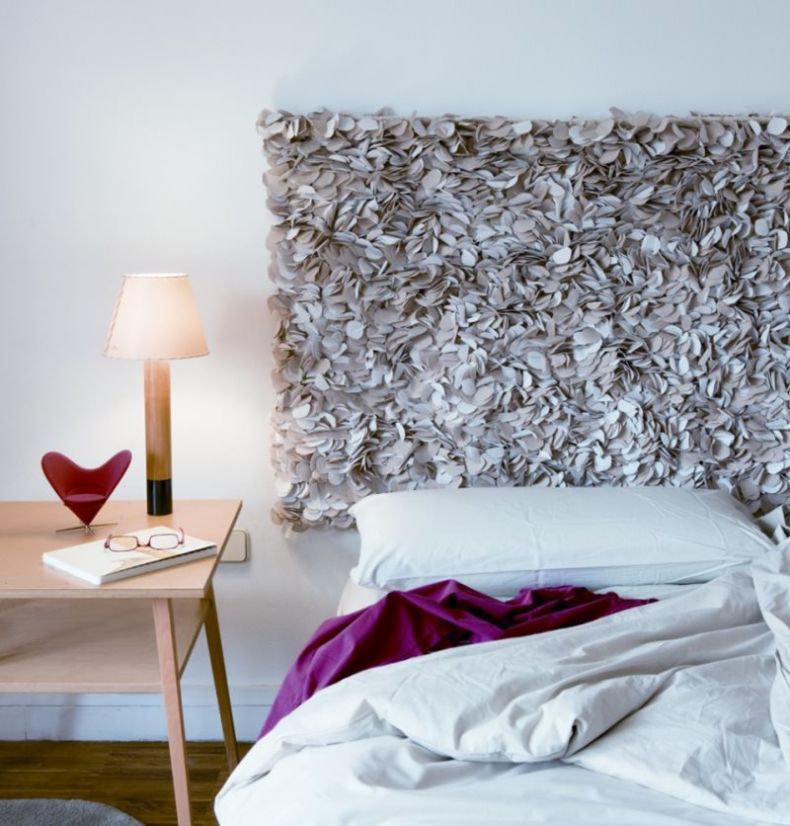What are carpets made of?
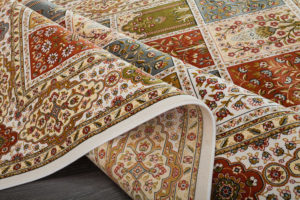 The carpet has been one of the main decorations of the home for many centuries. Although today they have lost their popularity a little, they are still quite a popular item for furnishing any home. We will tell you what carpets are made of.
The carpet has been one of the main decorations of the home for many centuries. Although today they have lost their popularity a little, they are still quite a popular item for furnishing any home. We will tell you what carpets are made of.
Just a few centuries ago, carpets were a symbol of prosperity, as they were made exclusively from natural materials by hand. Today there are already many factories where models are made from different materials, including synthetic ones.
Important! People prone to allergic reactions or sensitive to various additives are advised to pay attention only to products made from natural fibers.
The content of the article
Traditional natural materials
Carpets made from natural fibers are also very popular these days. These include the following materials.
- Wool: with careful care, the service life is at least 40–50 years.
- Silk: service life more than 50 years.
- Cotton: at least 20–30 years.
Wool products
They are a traditional type of decoration for living rooms. They are quite expensive, but this is due to the high quality material from which they are made.
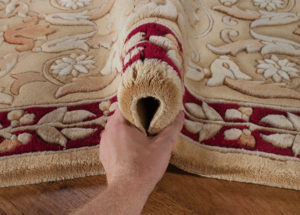
Usually the warmest, softest and most environmentally friendly sheep wool is used for production. The pile is very elastic and has fire-fighting properties. It does not contribute to the spread of fire, ensuring the safety of all household members.
Silk
Very soft to the touch, they look much better than wool ones, thanks to their extraordinary shine. In addition, they are very durable and can last for many years if the product is properly cared for in a timely manner.

Their price is quite high. But the costs are worth it. The living room or bedroom will be transformed with the arrival of a silk carpet.
Made from cotton
They maintain an ideal microclimate in the room, without preventing the penetration of heat, without retaining moisture, allowing the floor covering to “breathe”.
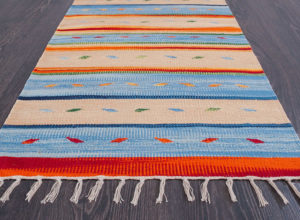
They are easy to wash and clean using available products. Safe for allergy sufferers, as they do not contain harmful substances or impregnations.
Among the disadvantages of cotton coverings are their poor elasticity and tendency to deform.
Synthetic fibers
The following are used as synthetic fibers for carpet production:
- viscose;
- acrylic;
- polypropylene.
Viscose
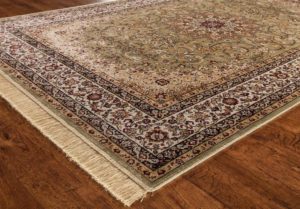 Viscose, despite the fact that it is a synthetic fiber, is obtained from natural raw materials - cellulose, produced from coniferous wood.
Viscose, despite the fact that it is a synthetic fiber, is obtained from natural raw materials - cellulose, produced from coniferous wood.
In terms of its external characteristics, viscose is very similar to silk. Threads made from this material are easy to dye, which allows you to create the most unusual and original models.
The main advantage of such carpets is their durability. Viscose products can be laid even in rooms with high traffic.
Acrylic
They are of high quality, and their external characteristics are very similar to woolen carpets. This thread practically does not melt and gives the carpet elasticity.
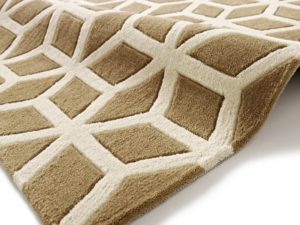
Therefore, most often it is used not as an independent fiber, but as an additive to natural wool thread.
Polypropylene
They are unpretentious and easy to care for.The smooth and durable thread does not allow dirt into its structure, which makes cleaning as simple as possible.
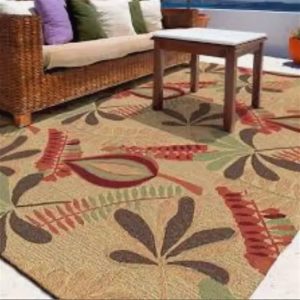
A significant disadvantage of such carpets is their reduced wear resistance. The service life of such a coating does not exceed 4–5 years, after which it loses its external qualities. In addition, they quickly wrinkle and are prone to burning.
Eco-materials
Carpets made from eco-friendly materials such as jute, sisal or bamboo look very distinctive and original. They are environmentally friendly and can be used in the interior of residential premises and are safe for allergy sufferers.

However, they are very afraid of water and shrink when wet. This is more of an interior decoration than a practical accessory.




